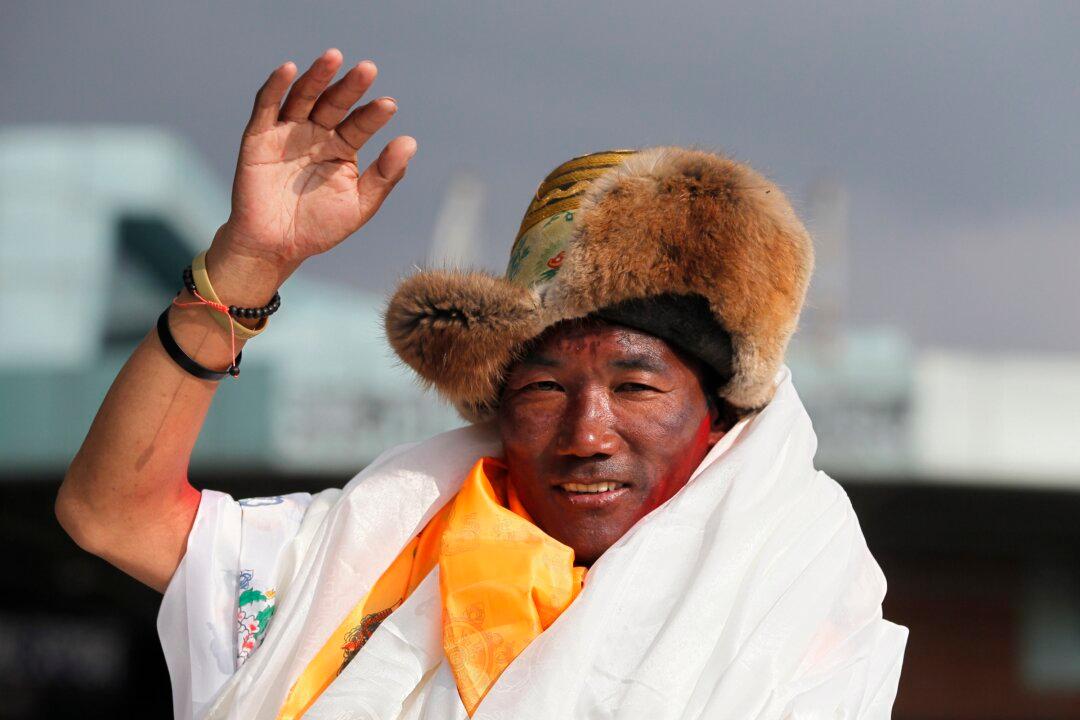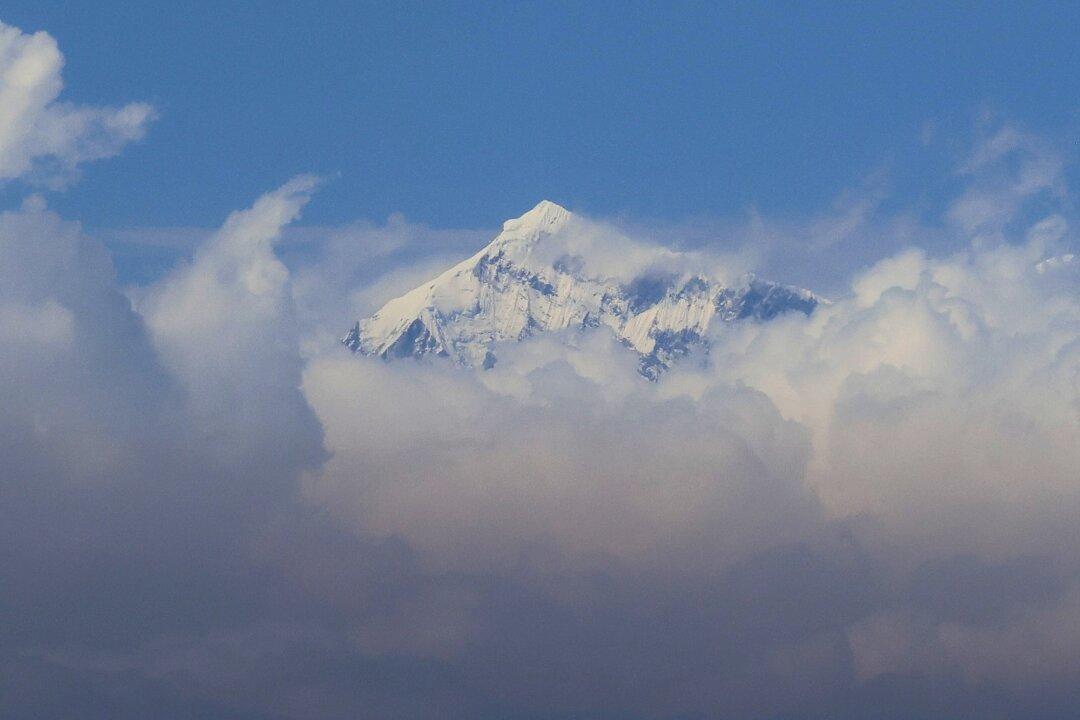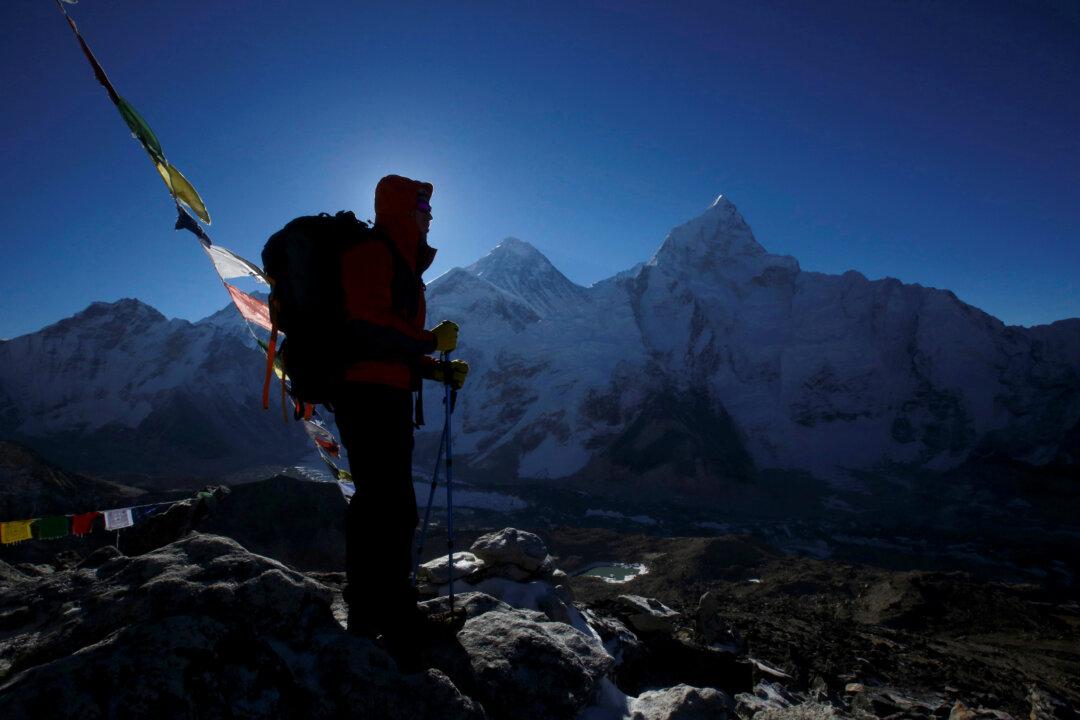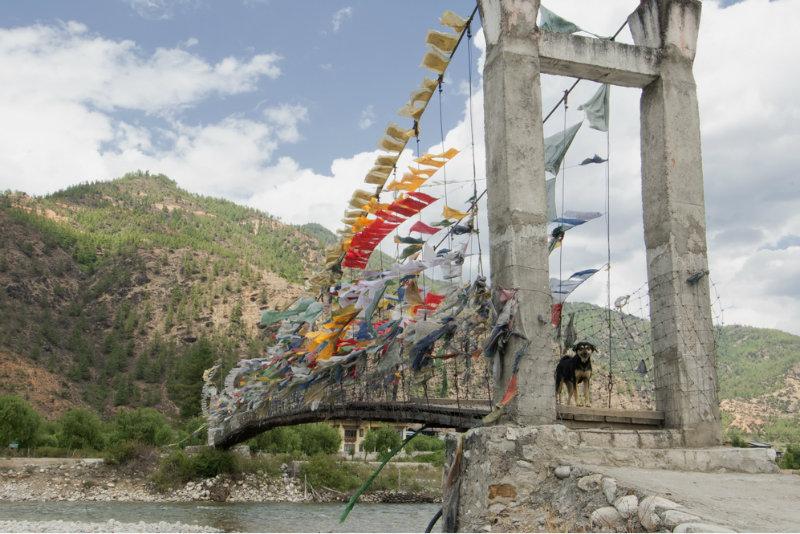Focus
Everest
|
10 Deaths on Everest This Season Raise Safety Concerns
Every year, on average 5 or 6 climbers die on Everest during the commercial climbing season, which runs between April and May. But this year, the death toll on the world’s highest peak has already reached 10, raising concerns about lack of safety.
|
‘Everest’ Film Review: Goddess Mother of the World Decides Who Lives and Who Dies
Taking middle-aged tourists, amateurs to death-zone level mountaineering, up the world’s most spectacularly gigantic mountain (Everest), when some clients were already spitting up blood and exhibiting other signs of major stress, was more than a little foolhardy.
|
Eye-Witness: Death and Despair in the Aftermath of Everest’s Deadly Avalanche
It was day two of our 18 day trek to Everest’s Base Camp when in the afternoon our head guide Lhakpa Nurbu Sherpa sombrely reported to me that 16 Sherpas had been killed in an avalanche on the mountain.
|
7 Headlines You Won’t Read Anywhere Else Today: May 25
A look at our world through local headlines on May 25, 2014: “Panama leads continent in animosity to Jews,” “Files Uncovered: Nazi Veterans Created Illegal Army,” and more.
|
On Everest, Climbers Pay to Take Risks While Sherpas Take Risks to Get Paid
Climbing season on Mount Everest was due to enter its busiest time of year: the May “weather window”. But all has come to a halt on the world’s highest mountain following the worst-ever accident – an avalanche that took the lives of 16 Sherpas.
|
|
10 Deaths on Everest This Season Raise Safety Concerns
Every year, on average 5 or 6 climbers die on Everest during the commercial climbing season, which runs between April and May. But this year, the death toll on the world’s highest peak has already reached 10, raising concerns about lack of safety.
|
‘Everest’ Film Review: Goddess Mother of the World Decides Who Lives and Who Dies
Taking middle-aged tourists, amateurs to death-zone level mountaineering, up the world’s most spectacularly gigantic mountain (Everest), when some clients were already spitting up blood and exhibiting other signs of major stress, was more than a little foolhardy.
|
Eye-Witness: Death and Despair in the Aftermath of Everest’s Deadly Avalanche
It was day two of our 18 day trek to Everest’s Base Camp when in the afternoon our head guide Lhakpa Nurbu Sherpa sombrely reported to me that 16 Sherpas had been killed in an avalanche on the mountain.
|
7 Headlines You Won’t Read Anywhere Else Today: May 25
A look at our world through local headlines on May 25, 2014: “Panama leads continent in animosity to Jews,” “Files Uncovered: Nazi Veterans Created Illegal Army,” and more.
|
On Everest, Climbers Pay to Take Risks While Sherpas Take Risks to Get Paid
Climbing season on Mount Everest was due to enter its busiest time of year: the May “weather window”. But all has come to a halt on the world’s highest mountain following the worst-ever accident – an avalanche that took the lives of 16 Sherpas.
|
















